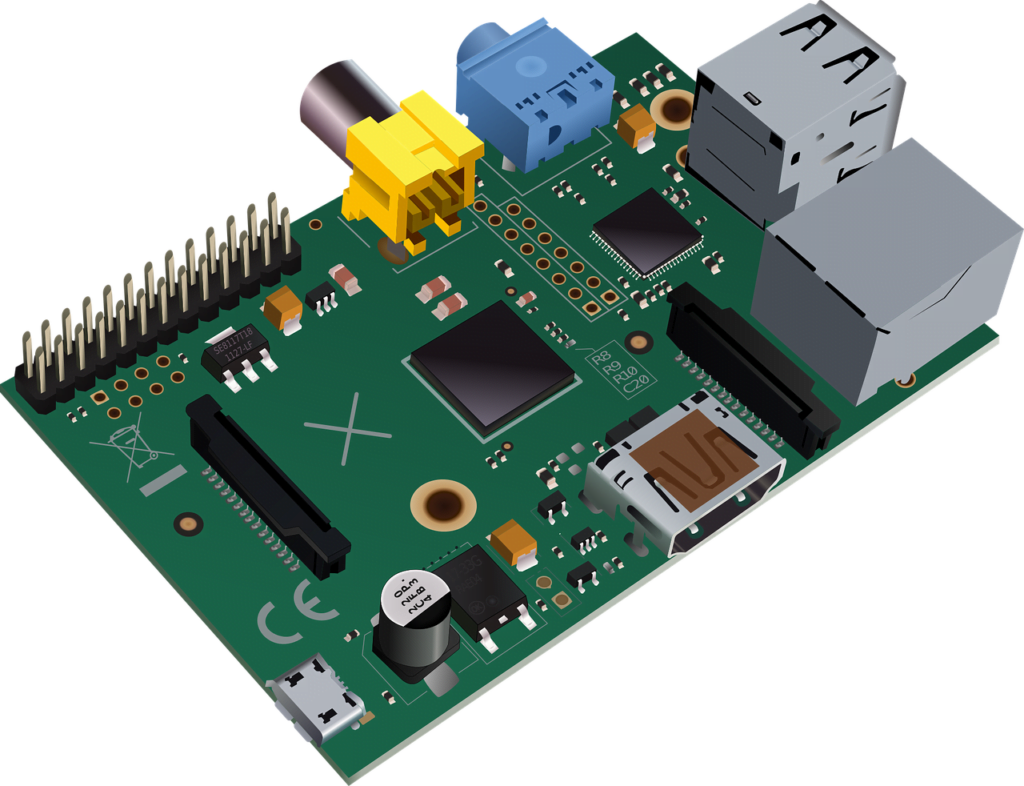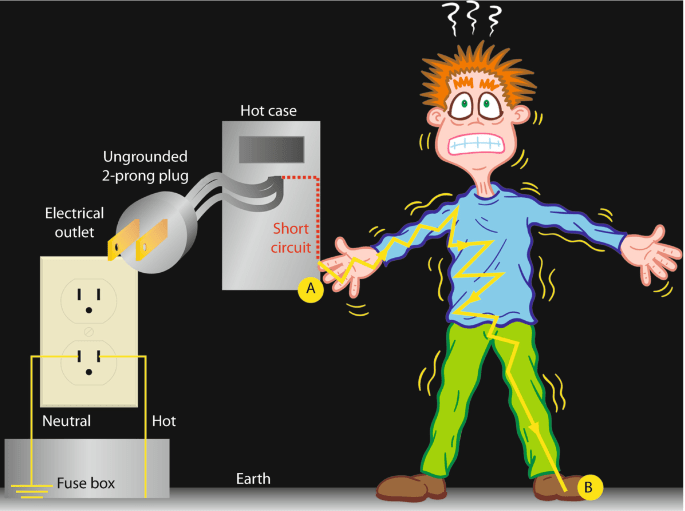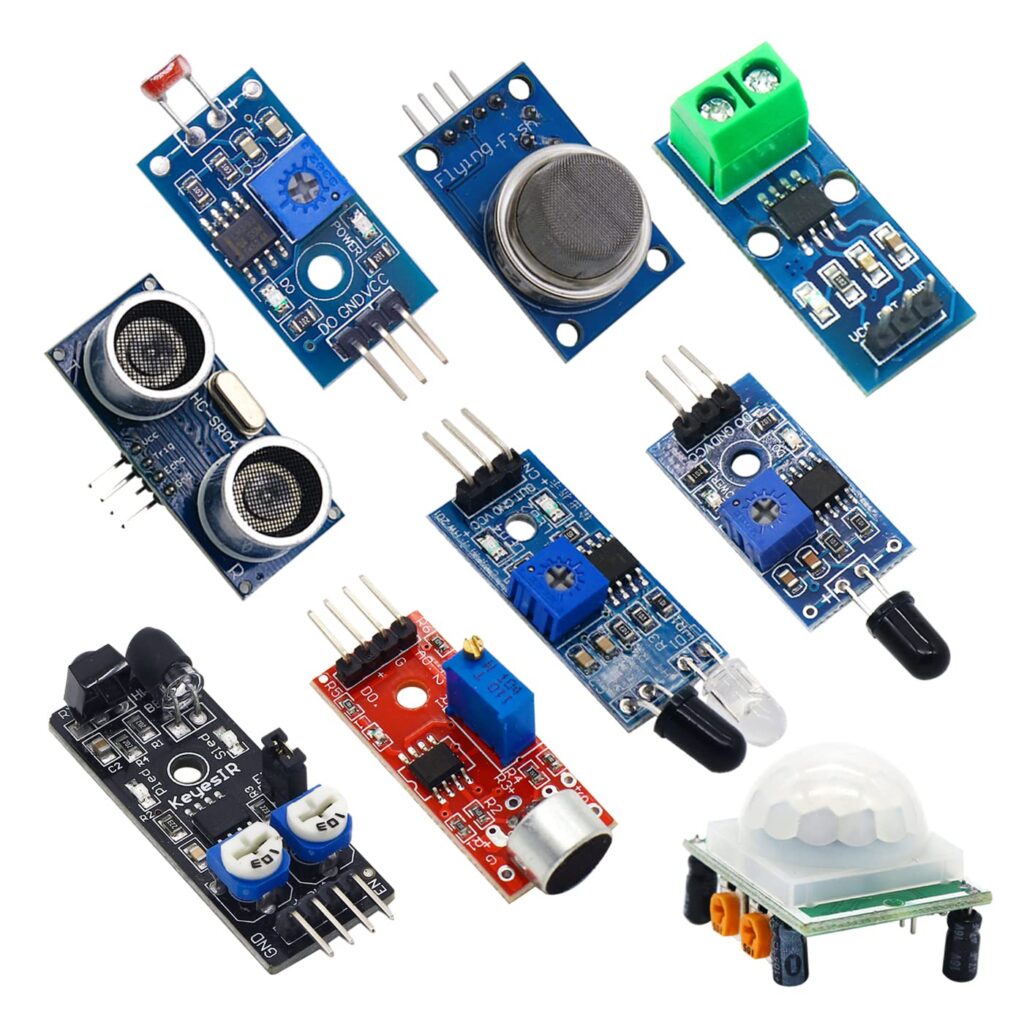Design Specifications for an Embedded System
Design specifications for an embedded system are crucial for ensuring the successful development and deployment of the system. Here’s an explanation of each point based on the some factors: Processor Power: The processor power of an embedded system is a critical specification that directly influences its computational capabilities. It involves selecting a suitable central processing […]









